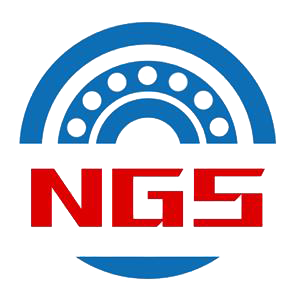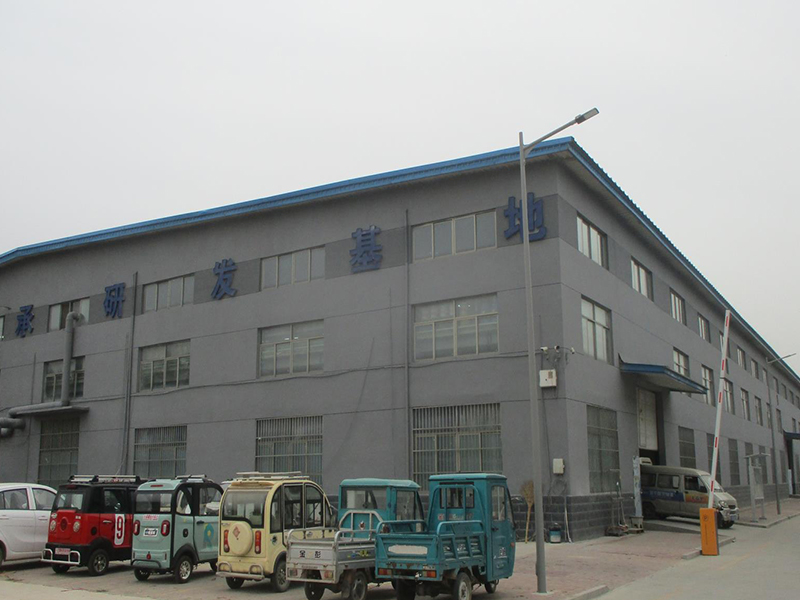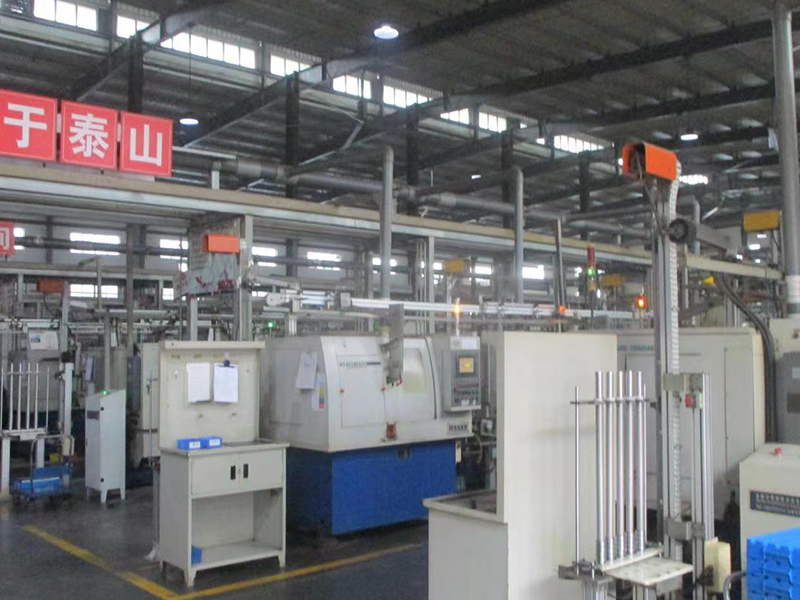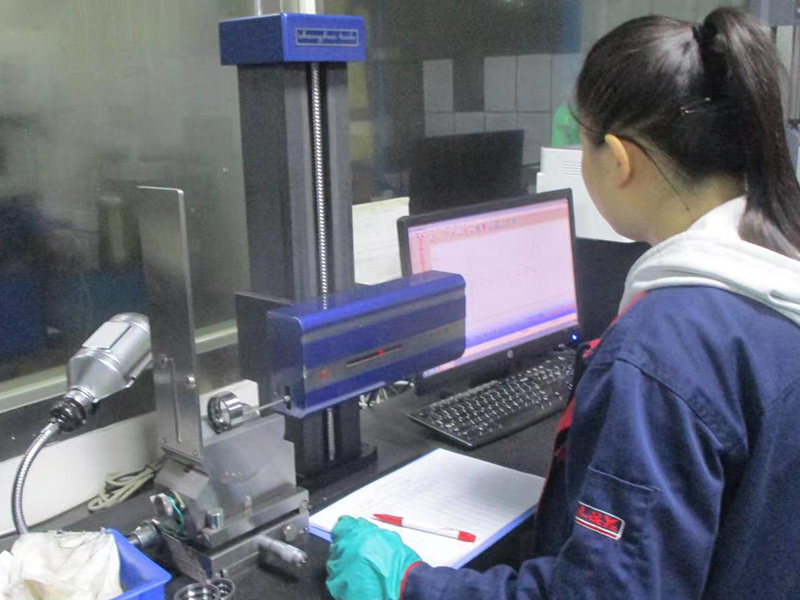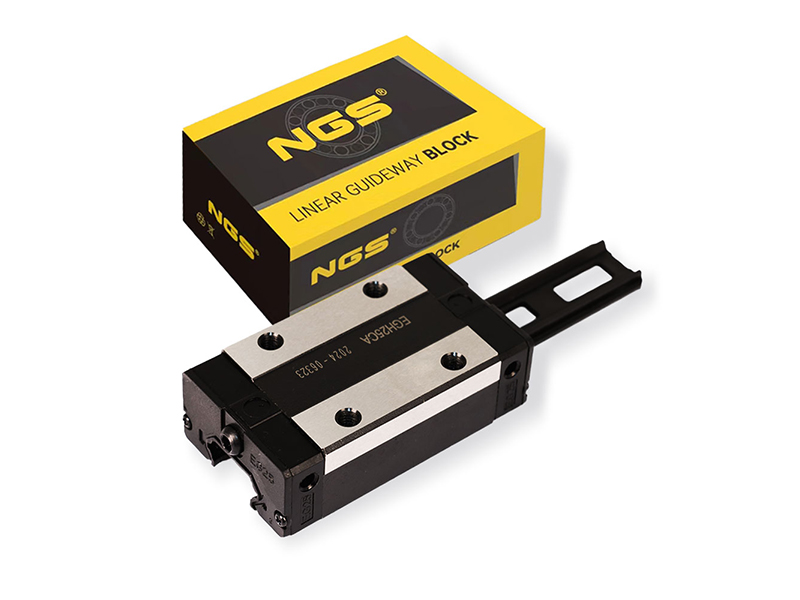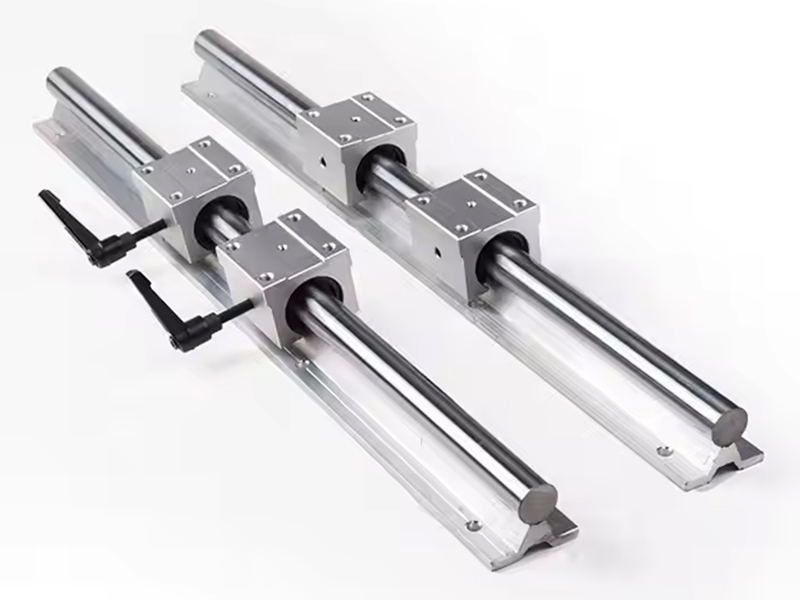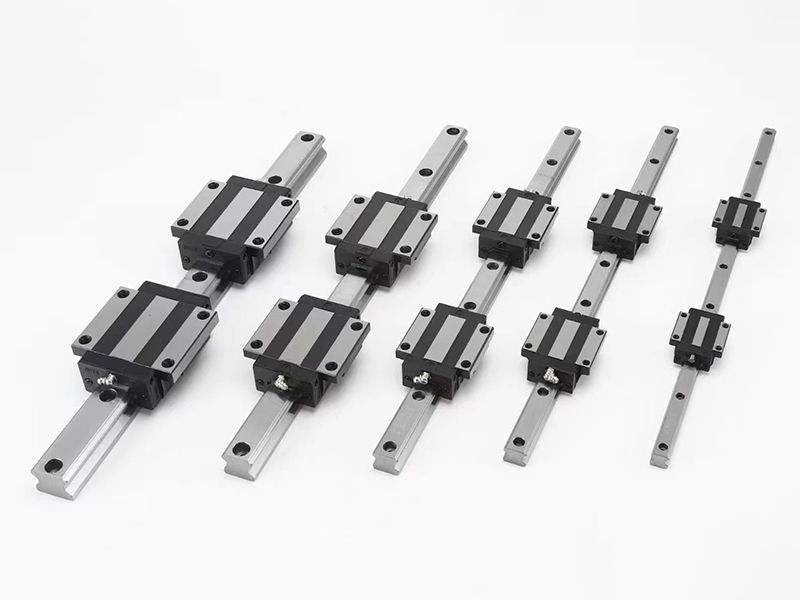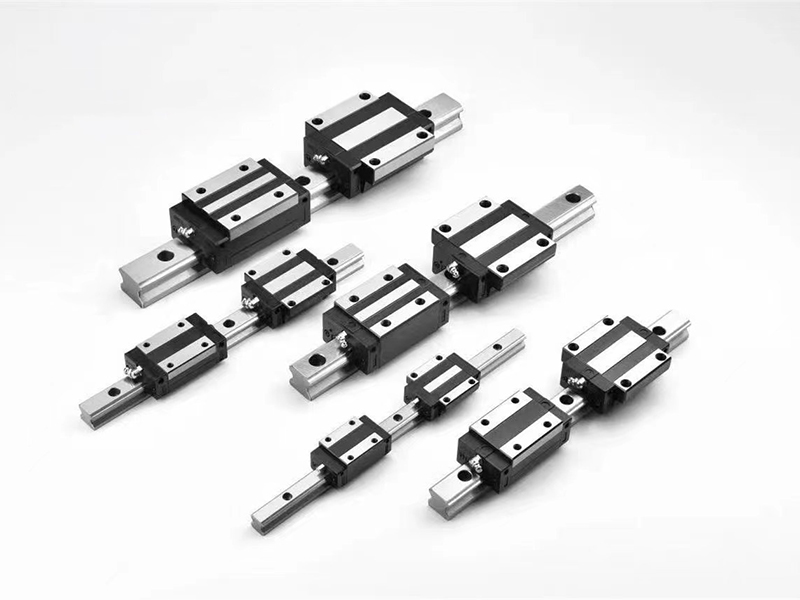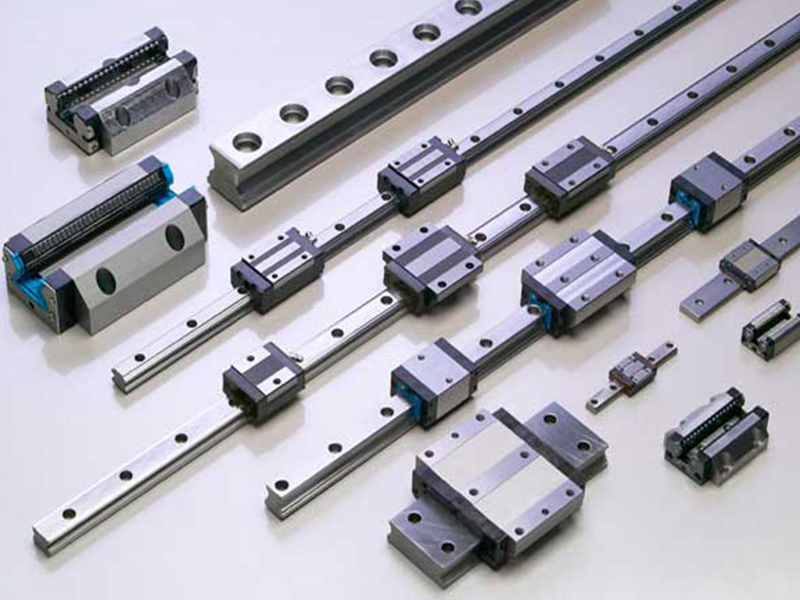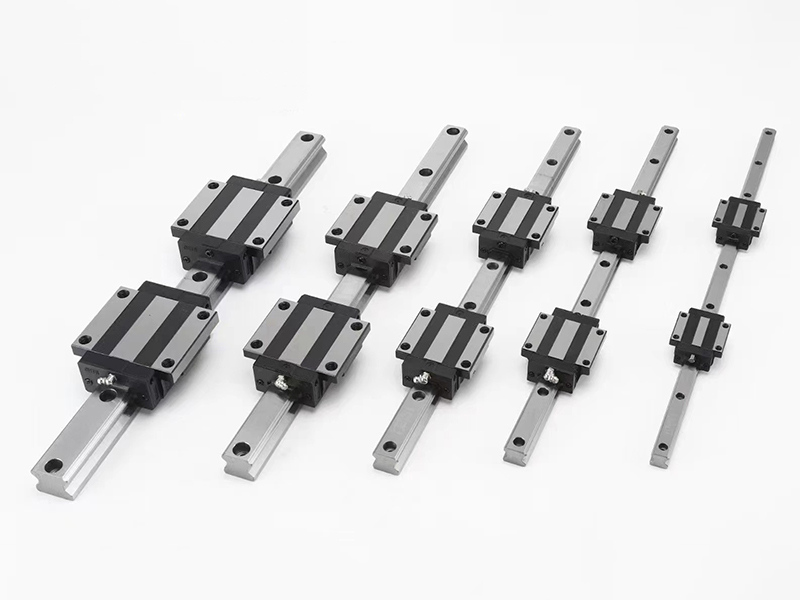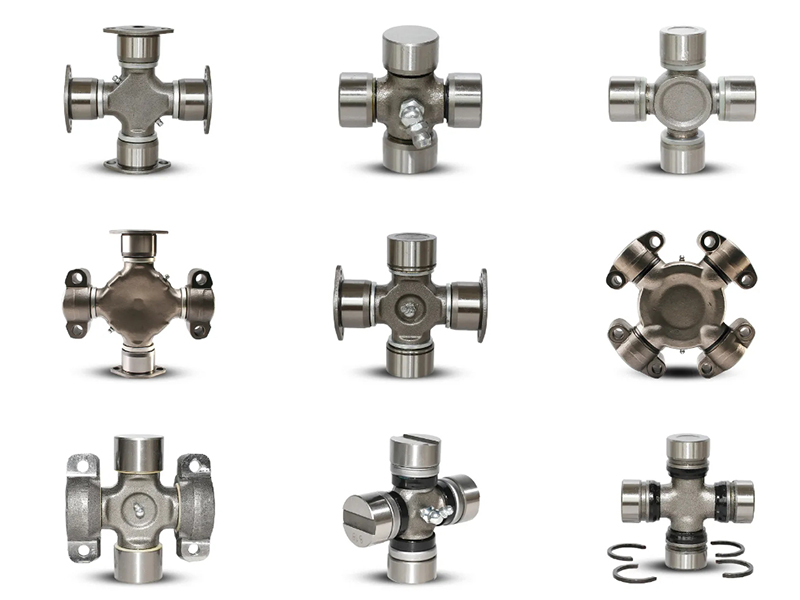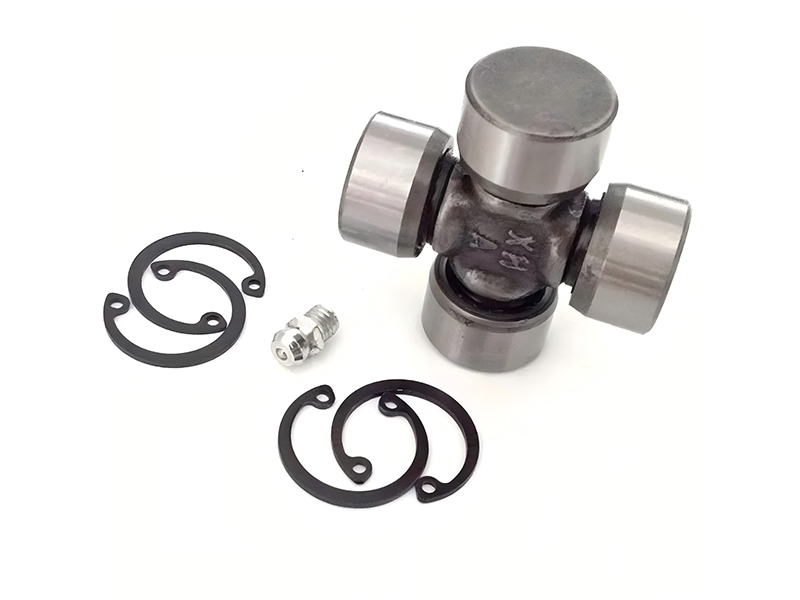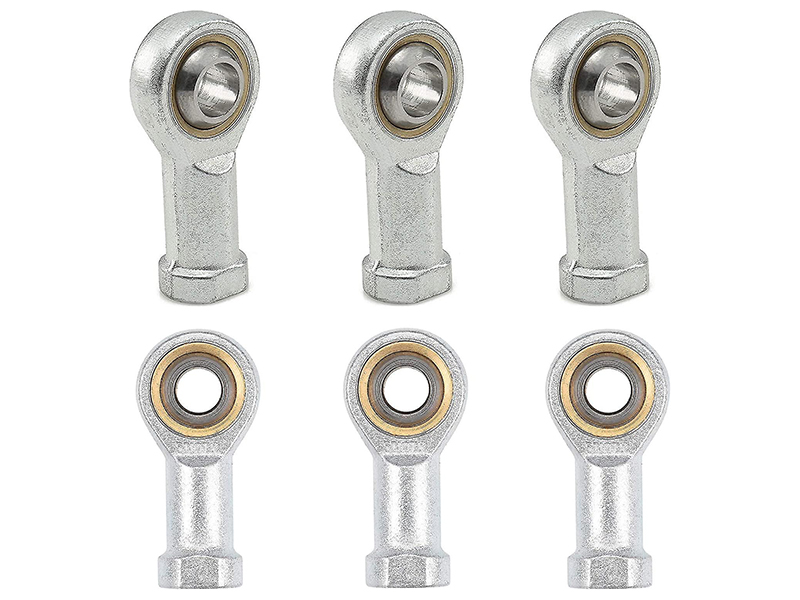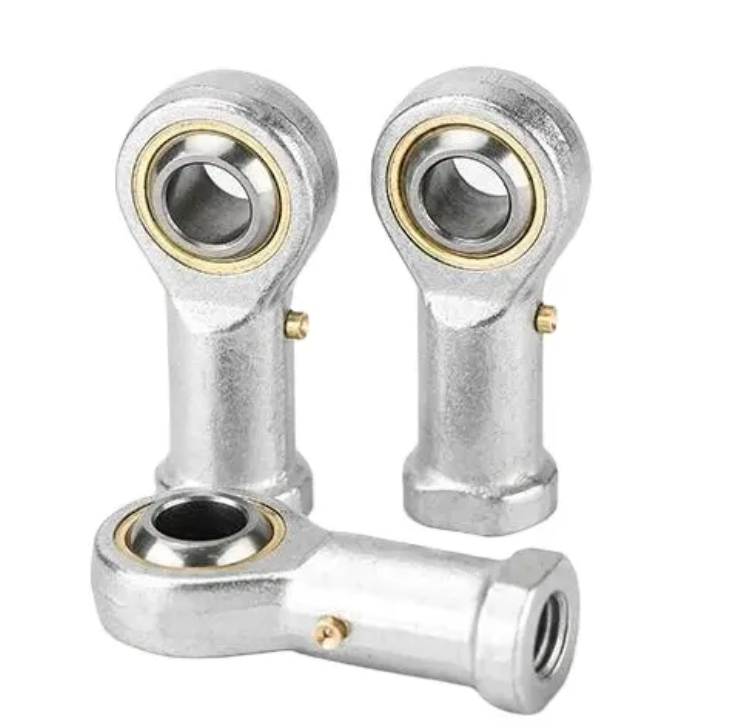As industries increasingly demand efficient and durable components, ceramic bearings are emerging as a game-changer in global manufacturing. With exceptional heat resistance, corrosion-proof properties, and lightweight design, these bearings are transforming high-tech applications in aerospace, medical devices, and renewable energy.
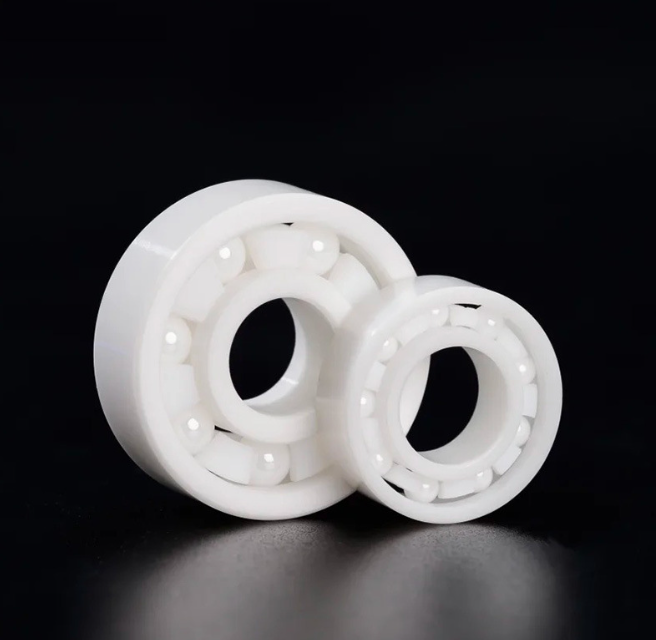
whole ceramic
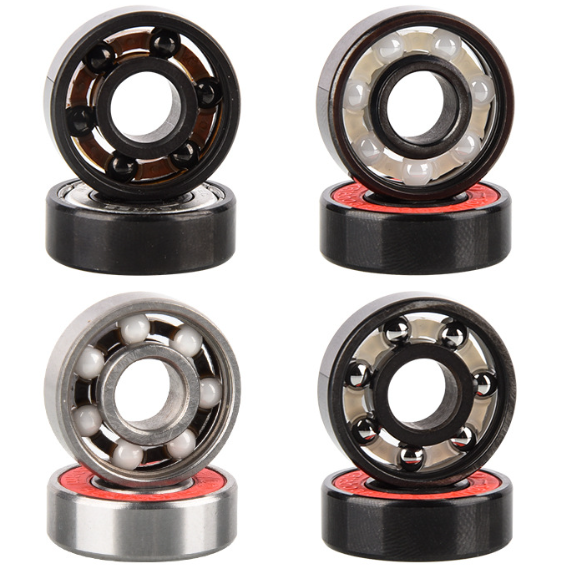
ceramic ball bearing
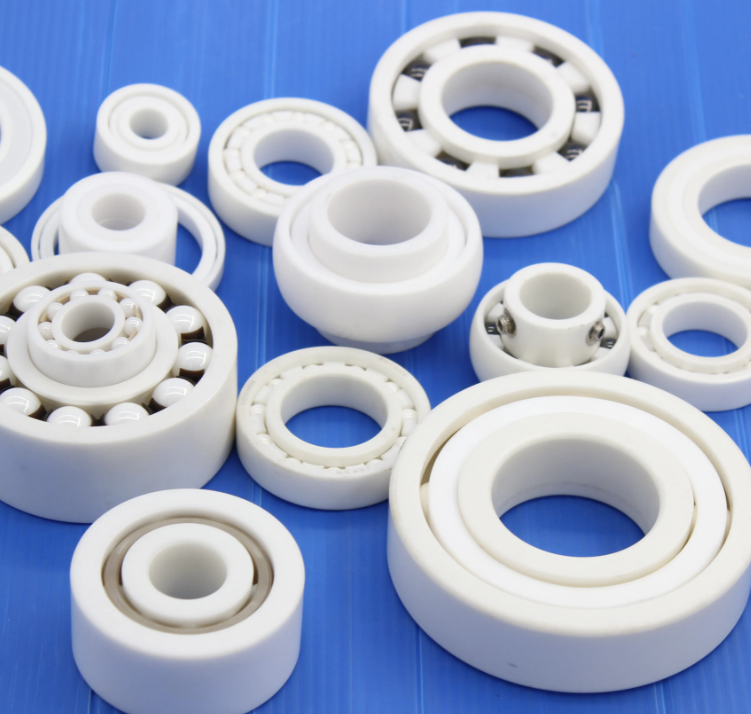
whole ceramic
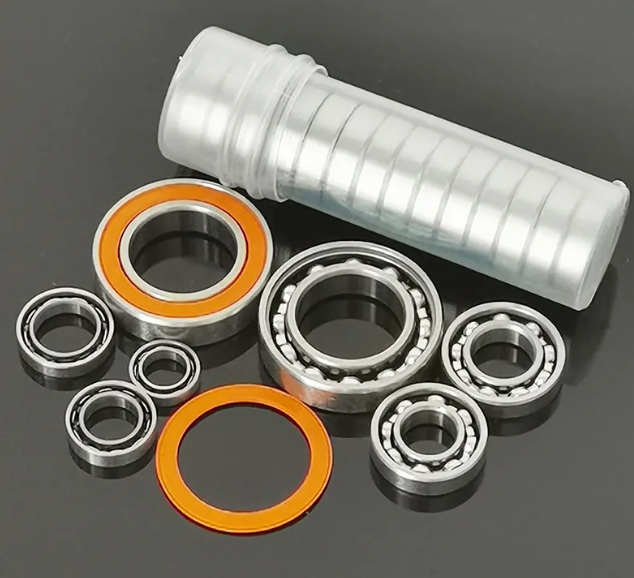
ceramic ball bearing
Why Ceramic Outperforms Steel ?
Silicon Nitride, Zirconia ceramic material bearings offer key advantages over traditional steel bearings:
Extreme Environment Durability: Operates reliably at 1000°C+ or in highly corrosive conditions (e.g., chemical processing).
Lightweight Efficiency: 60% lighter than steel, reducing energy consumption and enabling higher RPM (e.g., 15% efficiency gain in wind turbines).
Non-Magnetic & Insulating: Ideal for MRI machines and semiconductor equipment, eliminating electromagnetic interference.
Market Growth & Innovations
According to Grand View Research, the global ceramic bearing market hit 480million 2023,920 million by 2030 (8.3% CAGR). Leaders like are enhancing longevity with nano-coating tech, driving adoption.
Applications
Electric Vehicles: Tesla’s latest drivetrain integrates ceramic bearings to minimize friction and extend range.
Space Exploration: SpaceX tests ceramic bearings in satellite thrusters for extreme thermal cycling.
Robotics: Fanuc’s industrial robots use silicon nitride bearings (ceramic ball bearing) for 0.001mm precision in joints.
Medical: Surgical robots, dental drills, MRI scanners. Sterility, non-magnetic properties.
Chemical/Marine: Ceramic bearing is more suitable for pumps, desalination equipment. Acid/alkali and seawater resistance.
Core Advantages
Exceptional High-Temperature Resistance
Can operate continuously above 1000°C (e.g., silicon nitride bearings), while steel bearings degrade rapidly beyond 150°C.
Superior Corrosion Resistance
Resistant to strong acids, alkalis, saltwater, and medical sterilization processes.
Lightweight & Energy Efficient
Ceramic density is only 40% of steel, reducing rotational inertia and energy consumption (e.g., 5-10% lower energy use in EV motors).
Ultra-Low Friction
Self-lubricating properties minimize grease dependency, with friction coefficients 70% lower than steel bearings—ideal for vacuum or cleanroom environments.
Future Trends
Hybrid Ceramic ball Bearings (ceramic balls + steel races): Balance cost and performance—the fastest-growing segment.
3D-Printed Ceramic Bearings: Enable complex geometries and cost reduction (e.g., GE Additive’s prototypes).
Nano-Coating Technology: Enhances surface hardness for extreme conditions.
